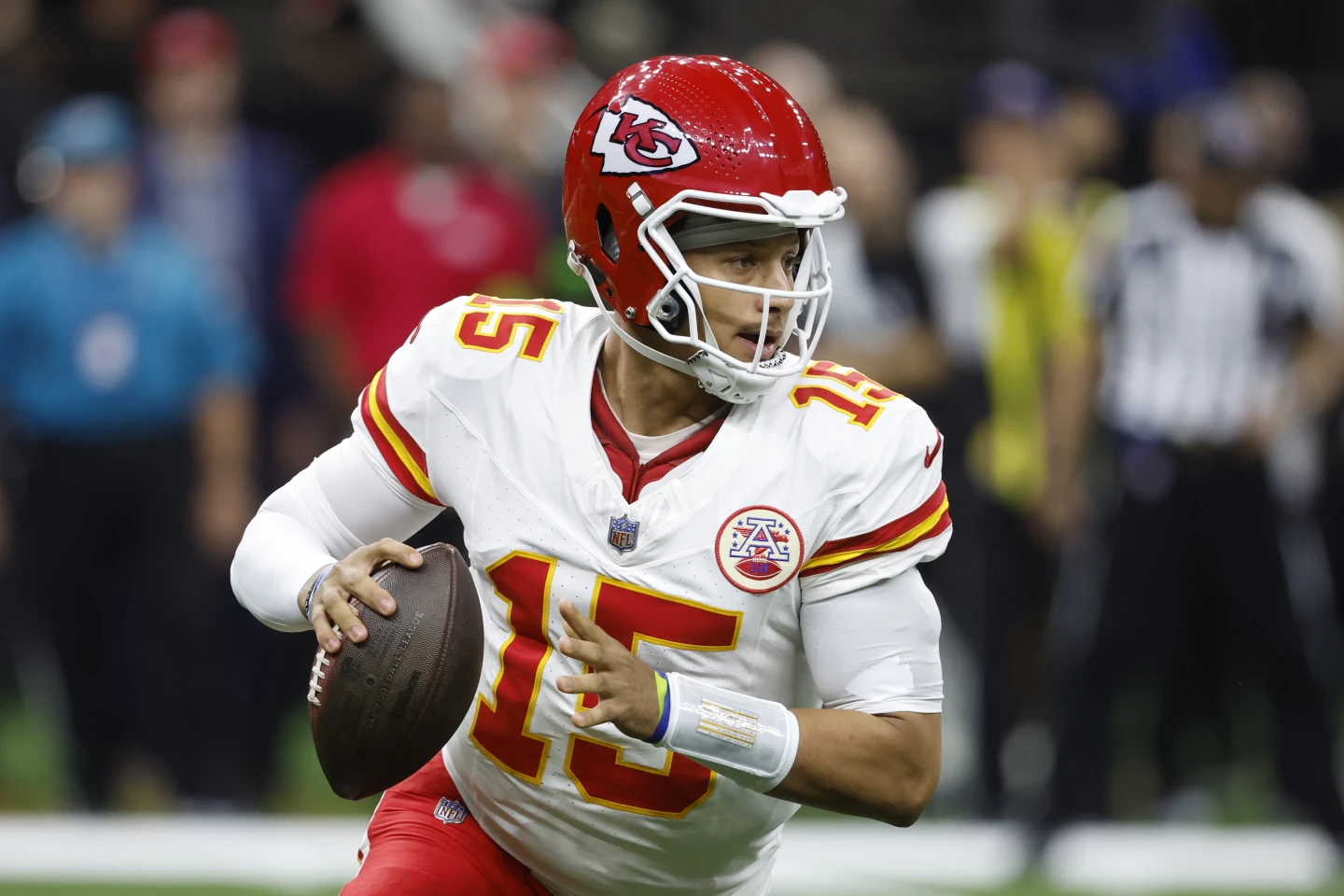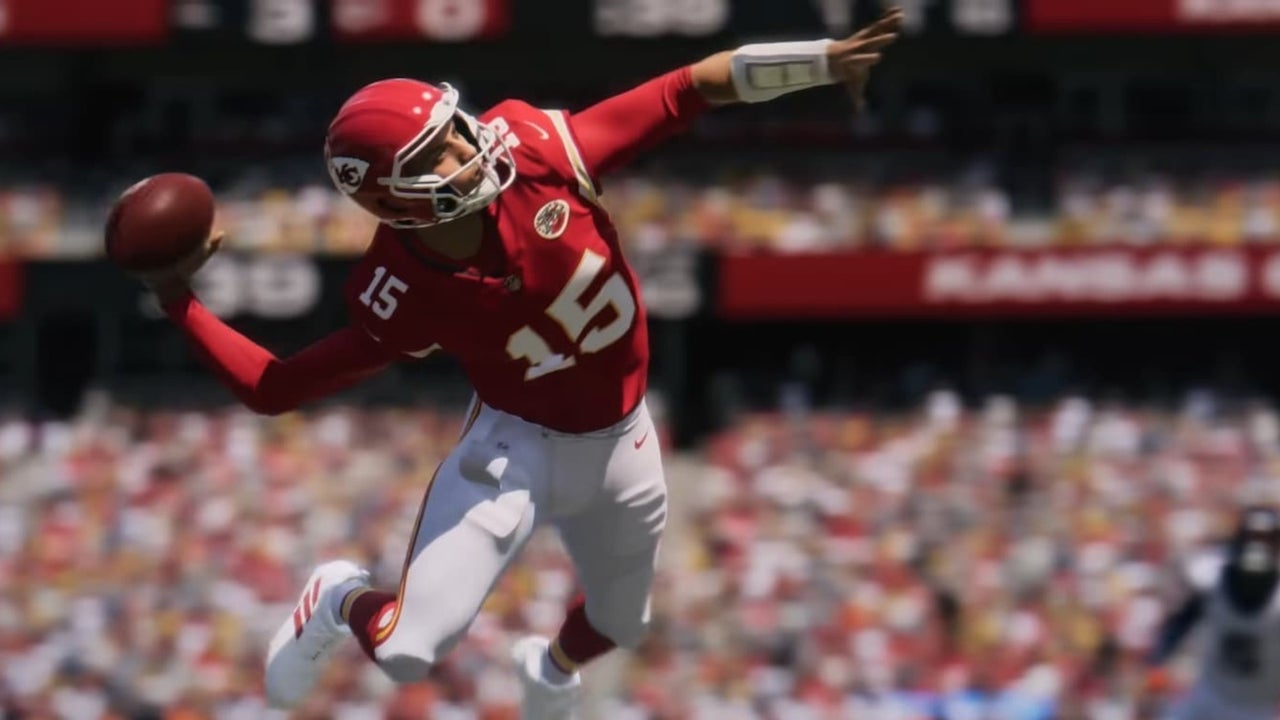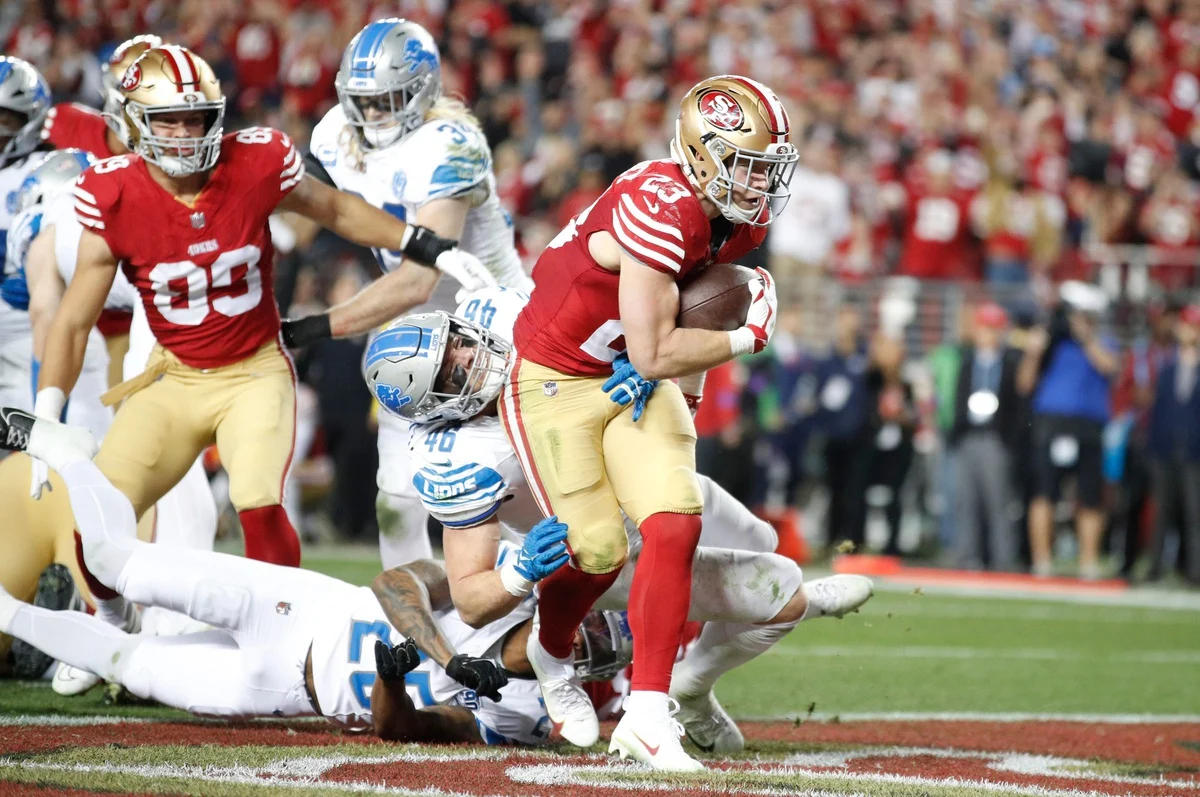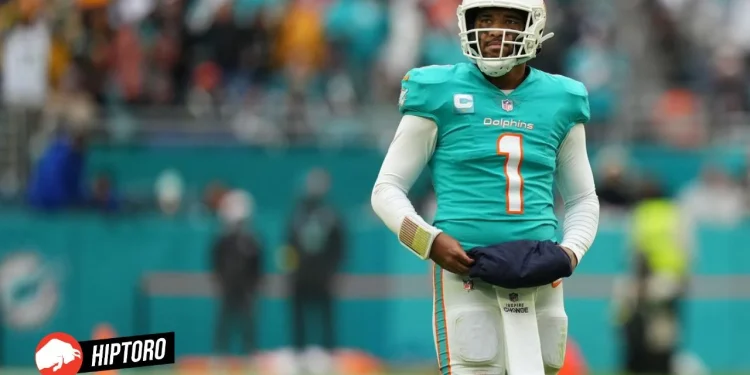In the ever-evolving landscape of the NFL, the formula for Super Bowl success has undergone a significant transformation. Gone are the days when a dominating ground game and a stifling defense were the undisputed keys to championship glory. Today, the path to the Lombardi Trophy is paved with precision passing, opportunistic defenses, and, perhaps most critically, turnover differential. This shift reflects a broader evolution within the league, where adaptability and innovation continue to redefine the boundaries of excellence.

The Shift from Rushing to Passing
Historically, the NFL adage that “defense wins championships” was complemented by a strong emphasis on the rushing attack. The Super Bowl champions from 1983 to 2001, with the exception of the 1996 Green Bay Packers, all boasted top 10 rushing offenses. The legendary 1985 Chicago Bears, led by the indomitable Walter Payton, epitomized this era, steamrolling to victory with a ground game that seemed unstoppable.
However, the turn of the century marked a pivotal change. The New England Patriots 2001 championship, secured with a rushing attack ranked 12th, heralded the beginning of a new era. Since then, the importance of a top-tier rushing offense has diminished, with an equal number of Super Bowl winners ranking 20th or lower in rushing as those in the top 10. This shift underscores a broader strategic pivot within the league towards more dynamic, pass-first offenses.

The Ascendancy of the Passing Game and Turnover Differential
In the modern NFL, the air attack and the ability to control the turnover battle have emerged as crucial components of championship-winning teams. Of the 40 Super Bowl victors since 1983, a significant majority had top 10 passing offenses, with recent champions almost invariably ranking in the top five. This trend highlights the increasing reliance on quarterback play and aerial strategies to secure the ultimate prize.
Moreover, the critical role of turnovers cannot be overstated. The adage, as echoed by basketball analyst Clark Kellogg, that “turnovers are like skipping breakfast” holds true in football. The data is compelling: a staggering 35 out of 40 Super Bowl winners finished in the top 10 for fewest turnovers, emphasizing the decisive impact of ball security on championship outcomes.
Trent McDuffie: the highest-graded CB in Super Bowl 58 💥 pic.twitter.com/Dhh7CEfMSM
— PFF KC Chiefs (@PFF_Chiefs) February 10, 2024
Super Bowl 58: A Case Study in Modern Championship Traits
The upcoming Super Bowl 58 offers a fascinating case study of the importance of these evolved metrics. The San Francisco 49ers, with their balanced attack, stand as a testament to the modern championship blueprint. Boasting a formidable passing game led by stars like Christian McCaffrey and a defense that excels in both limiting points and forcing turnovers, the San Francisco 49ers epitomize the contemporary path to Super Bowl success.
Conversely, the Kansas City Chiefs, despite their explosive offense, enter the championship fray with a concerning turnover differential. History suggests that their -11 turnover margin, reminiscent of the outlier 1983 Raiders, poses a significant hurdle to their championship aspirations. This stark contrast between the two contenders underscores the evolved dynamics of NFL success and sets the stage for a compelling showdown.

Conclusion
The evolution of the NFL’s championship formula from a run-heavy, defensively dominated strategy to one that prioritizes passing efficiency and turnover differential reflects the league’s broader trends toward innovation and adaptability. As teams continue to recalibrate their approaches in pursuit of the Lombardi Trophy, the importance of evolving with the game’s strategic shifts has never been clearer. Super Bowl 58 promises not just a clash of titans but a showcase of the modern NFL’s complex, multifaceted path to glory.










